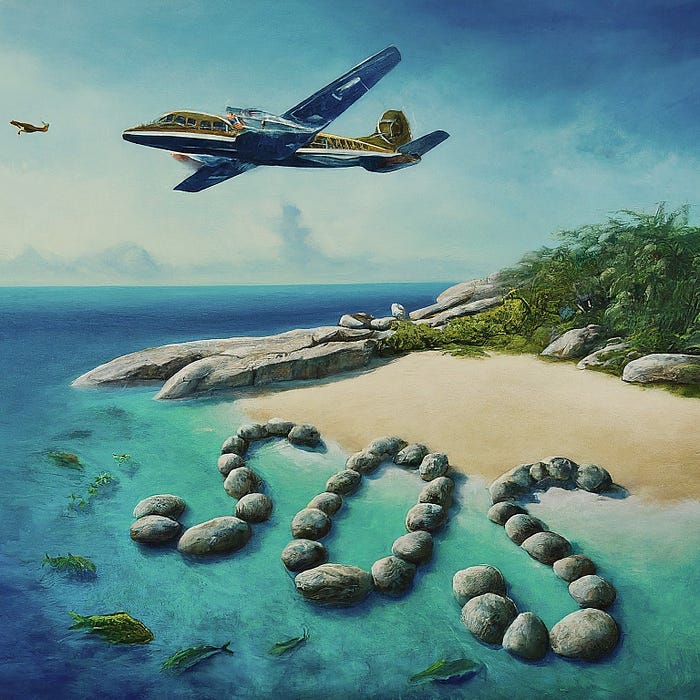
Setting sail into the great unknown is a thrilling adventure, but it’s crucial to be prepared for the unexpected. Emergencies can arise at any moment on the water, and having a clear understanding of emergency protocols and distress signals can make all the difference in ensuring safety and survival. In this user-friendly guide, we’ll explore essential emergency protocols and distress signals that every sailor and boater should know, empowering you to navigate the seas with confidence and resilience.
Understanding Emergency Protocols
When faced with an emergency situation at sea, it’s important to remain calm and follow established protocols to ensure a swift and coordinated response. Here’s a step-by-step guide to handling emergencies on the water:
Some of the Best Products on the Market That you can trust
- Assess the Situation: Evaluate the nature and severity of the emergency, taking stock of any immediate threats to life, vessel, or property.
- Activate Distress Signals: In cases of imminent danger or distress, promptly activate distress signals to alert nearby vessels and rescue authorities to your situation.
- Initiate Communication: Use your marine radio to transmit distress calls and relay pertinent information, including your vessel’s location, nature of the emergency, and number of persons onboard.
- Execute Emergency Procedures: Follow established emergency procedures for addressing specific types of emergencies, such as fire, flooding, man overboard, or medical emergencies.
- Await Assistance: Once distress signals have been activated and communication with rescue authorities has been established, await assistance while taking necessary precautions to ensure the safety and well-being of everyone onboard.
Distress Signals and Communication
Distress signals are universally recognized symbols and communication protocols used to indicate that a vessel or person is in immediate danger and requires assistance. Here are some commonly used distress signals:
- SOS: The international Morse code distress signal consisting of three short, three long, and three short signals (··· — — — ···). SOS is recognized as a universal distress signal and is used to indicate a life-threatening emergency.
- Mayday Call: The Mayday call is a verbal distress signal used over marine radio to indicate a life-threatening emergency requiring immediate assistance. It should be repeated three times (“Mayday, Mayday, Mayday”), followed by relevant information about the emergency.
- EPIRB Activation: Emergency Position Indicating Radio Beacons (EPIRBs) are distress beacons that automatically transmit a distress signal and location information when activated. EPIRBs are essential emergency equipment for vessels operating offshore or in remote areas.
Safety Tips for Emergency Situations
In addition to understanding emergency protocols and distress signals, here are some safety tips to keep in mind when facing emergency situations at sea:
- Stay Calm: Maintain a calm and composed demeanor when responding to emergencies, as panic can exacerbate the situation and impede effective decision-making.
- Prioritize Safety: Focus on ensuring the safety and well-being of everyone onboard, taking immediate action to address immediate threats and hazards.
- Follow Instructions: Listen carefully to instructions from rescue authorities and follow their guidance for initiating evacuation, administering first aid, or implementing emergency procedures.
- Practice Preparedness: Regularly review and practice emergency procedures with your crew to ensure readiness and proficiency in responding to various types of emergencies.
Related Content
- Real Life Application of Marine Radios
- Marine Radio Accessorizing
- Safety Practice for Marine Radios
- Features of Marine Radio
- Power of Marine Radios
- Marine Radios Repairs and Guide
- Marine Radios Terminology and Guide
- Marine Radios Safety and Regulations
- Choosing a Marine Radio
- Repairing Marine Radios
- Decoding the Waves
- SOS
- Brands and Features
- Purchasing a Boat Radio Tips
- Navigating the Waves
Conclusion
Navigating emergency protocols and distress signals is an essential aspect of safe and responsible boating. By understanding the steps to take in emergency situations, familiarizing yourself with distress signals, and practicing preparedness and safety measures, you can navigate the seas with confidence and resilience. Remember, effective communication and decisive action are key to ensuring a swift and coordinated response to emergencies at sea. So, set sail with the knowledge that you’re equipped to handle whatever challenges may arise, and embark on your maritime adventures with confidence and peace of mind. Fair winds and safe passages await!

